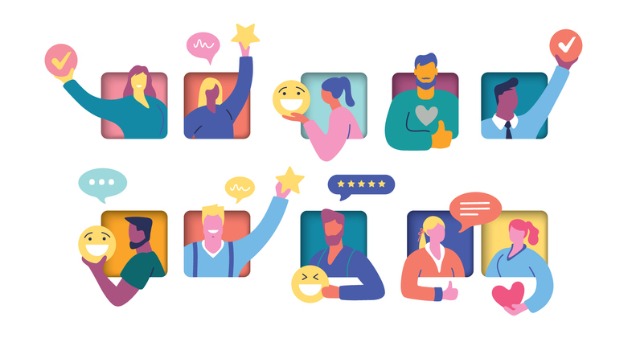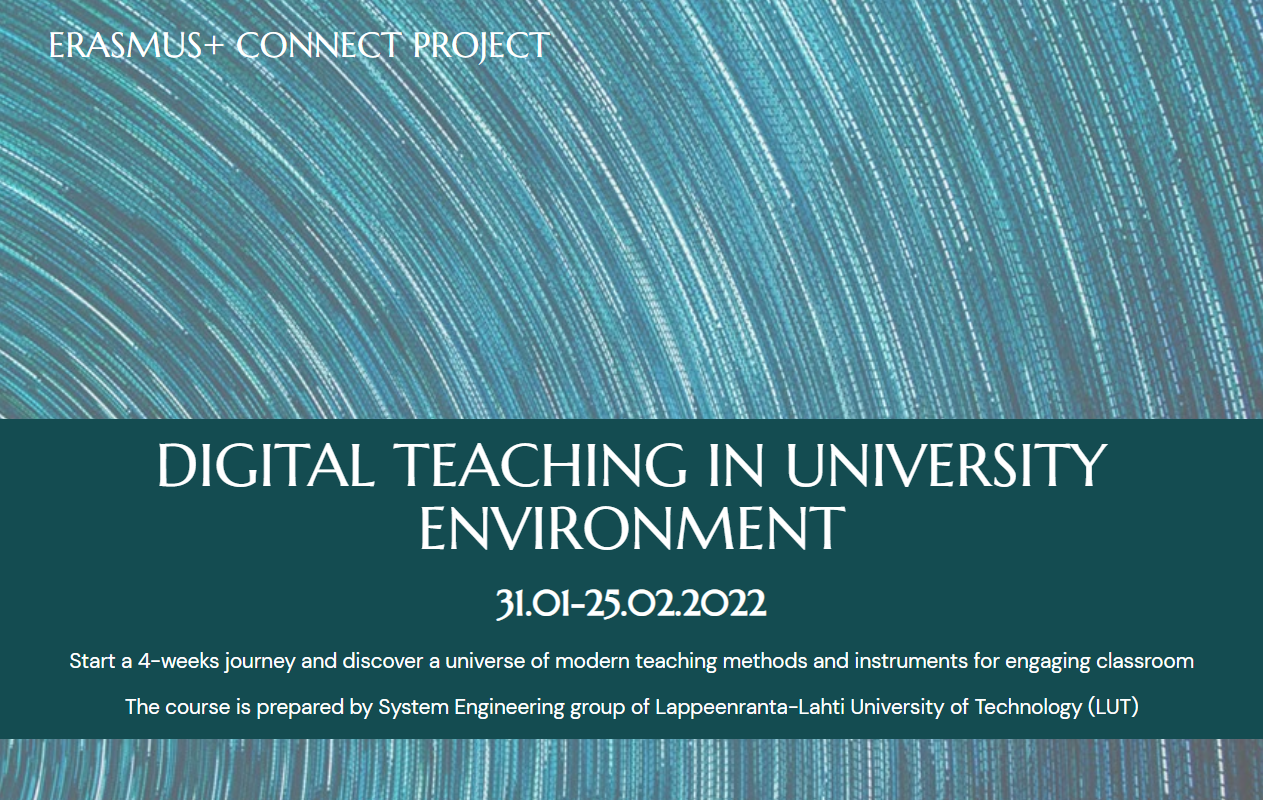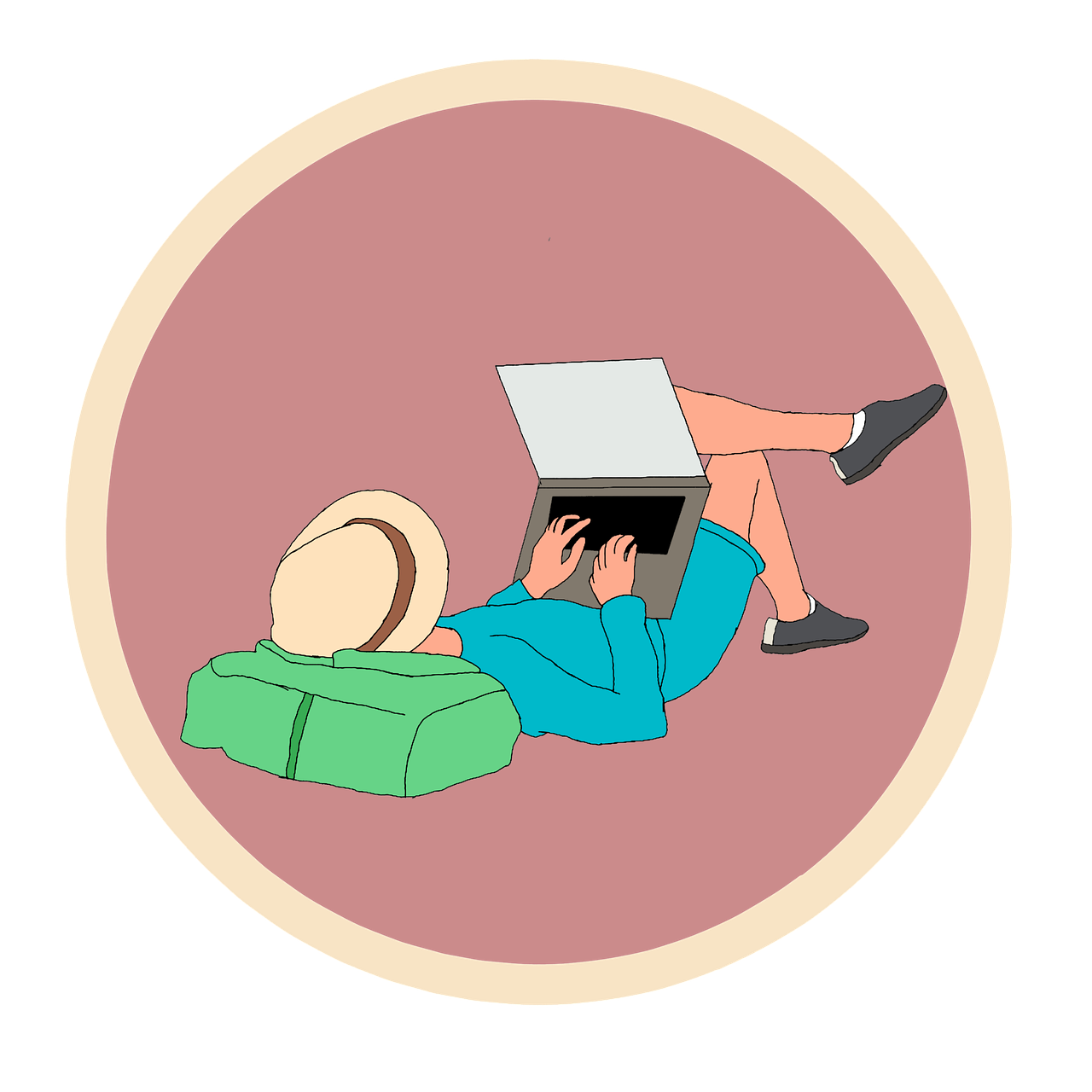
📝 The humanistic theory of learning was developed thanks to the works of Abraham Maslow, Carl Rogers and James Bugenthal. The humanistic approach says that people act according to their needs, which begin with physiological needs and culminate in self-actualization. It is worth noting that the humanistic theory of learning is closely related to constructivism, as it states that learning is a natural need, the ultimate goal of which is to achieve self-realization, so this theory focuses on encouraging students to develop an interest in self-education.
🔹 What are humanistic learning strategies and how can they be useful?
Humanistic learning strategies are aimed at understanding how to most effectively stimulate students' interest in self-learning, how to make the student become the main stakeholder in their learning and achieve their goals.
🔹 Here are some guidelines that will help you create a humanistic strategy in online learning:
🔸 Let the students decide on their own the choice of learning topics. According to the theory, students should be able to choose what they want to study. Therefore, try to create modular training with the ability to independently choose the knowledge necessary for students. It is worth noting that this recommendation will only work successfully for adult education, but not for children, because. for the latter, it is necessary to observe the principle of "control of the educational process".
🔸 Make learning practice-oriented. The humanistic theory of learning recommends using all the acquired knowledge in practice, since the student comes to study with pre-prepared goals. Therefore, if you have a lot of theoretical information, then be sure to implement the practice during and after the completion of the training. During training, you can use illustrative examples in the form of images, short videos, or conducting "live" master classes. After completing the training, you can use various projects, internships, mentoring on the material studied, etc.
🔸 Pay attention to the emotional state of the students. According to the theory, students achieve high results in learning if the process itself does not cause them emotional discomfort. Therefore, to fix the emotional climate, be sure to collect feedback "before", "during" and "after" training. The feedback results, by the way, will help you make recommendations for improving your emotional climate.
🔸 Encourage student initiative. The more often learners improve their learning, the more the learning will meet their needs. Therefore, let students make adjustments to the learning itself, for example, supplement knowledge bases, share experience with each other, formulate improvements in the structure and methods of teaching, recommend technical tools, applications, services that are convenient for them, etc.
We hope that the information was useful for you and you will share your opinion in the comments.
Comments (0)
Categories
Recent posts


Do you want to have a sea job? Just take ...
2022/05/25
WHAT ARE HUMANISTIC LEARNING STRATEGIES ...
2022/04/03
FREE TOOLS, FREE SUBSCRIPTIONS, AND FREE ...
2022/04/04
